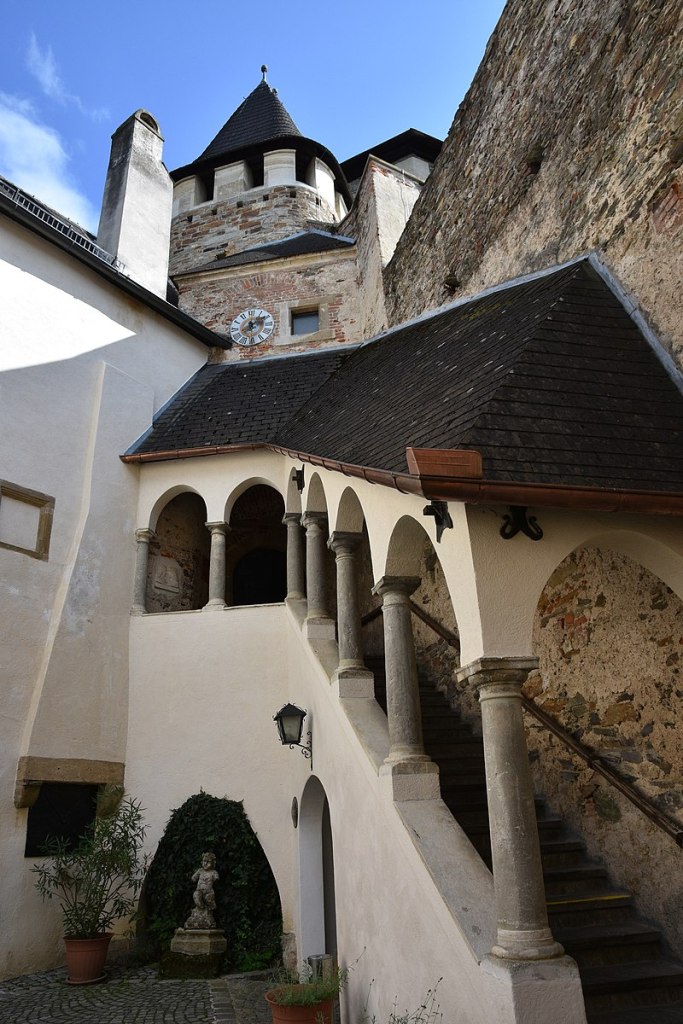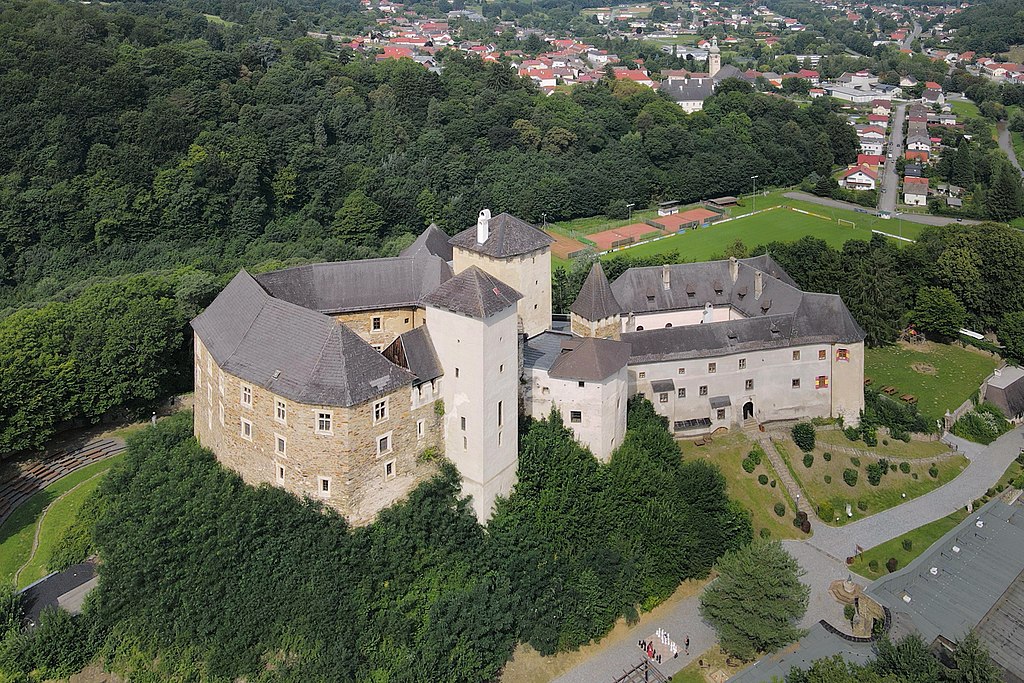One of the most enduring historical dividing lines in the Lost Lands beyond Hungary’s borders was between the haves and the have nots. At various times this included aristocrats versus peasants, the ruling class versus the working class, the privileged versus the impoverished, Hungarian versus Croatians, Germans, Romanians, Rusyns, Slovaks, and Serbs, Gentiles versus Jews, and Catholics versus Protestants. All these were recurring themes in one form or another from the Middle Ages right up until the Treaty of Trianon. They often coalesced around ethnic lines. In general, Hungarians were the nobles, Germans were craftsmen, merchants, and formed powerful guilds. The other ethnic groups were mostly peasants, but not always. The dividing lines could be blurred depending upon location and circumstances. There were plenty of Hungarian peasants and German farmers. Jews played a growing role in trade during the later centuries. Some ethnic minorities were susceptible to Magyarization and became Hungarian heroes. For example, Sandor Petofi’s parents were of Slovak descent. Many others refused to assimilate.

Something to hide – Burg Lockenhaus
Unfortunate Victims – A Numbers Game
The ethnic hierarchy in the Kingdom of Hungary, and later the Austro-Hungarian Empire, allowed those in power certain privileges that they used to rule over their subjects. Some aristocrats abused this power, but none of them abused their privileges like Elizabeth Bathory did. The Blood Countess’ murderous exploits mostly came at the expense of the lower classes (mainly young Slovak girls) who provided her victims. And those victims were not only tortured and murdered, but they also suffered the indignity of becoming buried evidence that effectively erased them from the historical record. This has resulted in conjecture about just how many bodies lie beneath the castles where Bathory spent time. One of those castles was Burg Lockenhaus (Leka in Hungarian) in what is now Burgenland (eastern Austria). Based upon Bathory’s behavior at other castles, it can be said with a degree of certainty that she did the same thing at Lockenhaus. One of the exhibits at Burg Lockenhaus is a torture chamber that contains an iron maiden, the infamous medieval device that was used to inflict excruciating pain on the unfortunate victim.
There is no evidence that Bathory used an iron maiden on any of her victims. From all accounts, Bathory was much more hands on in her methods. Nevertheless, the iron maiden draws interest from visitors. Whether it is historically accurate matters less than keeping the legend of Bathory’s bloodlust alive. This distracts from the underlying power dynamics that allowed Bathory to kill scores of young girls for years on end. Understanding how young girls were lured into Bathory’s lairs at castles like Lockenhaus is a lesson in power dynamics. Elizabeth Bathory and her husband Ferenc Nadasdy were at the pinnacle of the powerful aristocratic class that dominated the upper echelons of Hungarian society. The Bathory-Nadasdy marriage had created a power couple that controlled vast amounts of territory. While other members of the Hungarian nobility were nowhere near as wealthy as the couple, they were still a cut above everyone else in society. They were also outnumbered.

Hide & seek – Burg Lockenhaus (Credit: Arths-at)
Class Warfare – Getting Away With Murder
Hungarian landowning nobles could never match the population numbers of other ethnic groups who made up most of the peasantry and lower classes. This would become a huge issue in the 19th century with the rise of nationalism. During Elizabeth Bathory’s times, ethnic lines were starkly drawn. Social class was roughly aligned with ethnicity, but also ownership of land and religion. The peasantry and poor were powerless when compared to the nobility. Their lives were largely at the aristocracy’s mercy. This allowed Elizabath Bathory to prey on those who were not ethnic Hungarians. Peasant girls were preferred. These girls were advantageous to overtures from the Bathory household. Many of them went to work on Bathory’s estates with approval from their parents, only to never be seen again. It is these kinds of abuses that would bubble over from time to time due to ethnicity, class, religion or a combination of all three. The social hierarchy of her time offered opportunities to the all-powerful Blood Countess.
Elizabeth Bathory could get anything she wanted. This had deadly consequences for numerous young peasant girls. It also ended up having dire consequences for Bathory. So many young girls were kidnapped or disappeared after going to work for the countess that this caught the attention of locals, government officials, and the clergy. Due to her position, Bathory believed she could get away with murder and for several decades she did. Countless times she committed murder and had the bodies disposed of without anyone inquiring about those who disappeared. Or if they did, Bathory’s position and her charitable activities for the poor kept questions to a minimum, A few longtime staff members helped cover up her crimes. Some of Bathory’s victims could be buried deep within the bowels of Burg Lockenhaus. Such an assumption is one of the main attractions of Lockenhaus. This is dark tourism. The belief that some of Bathory’s blood-soaked excesses occurred at Lockenhaus is of great interest to visitors. On the other hand, this does nothing to educate visitors on how and why Bathory became one of the most prolific serial killers in history.

Aiding & Abetting – The Ruling Authorities
I must confess that the main reason I put Burg Lockenhaus on my itinerary for the lost lands beyond Hungary’s borders was its connection to Elizabeth Bathory. She illustrates on an extreme level how the nobility throughout Hungarian history played by a different set of rules. The only reason Bathory eventually ended up getting arrested and imprisoned was because her power and wealth threatened the ruling authorities all the way up to Habsburg Emperor Matthias. The Blood Countess also drew greater attention as her murderous rampages became more frenzied as the years passed. If Bathory had exhibited a little more self-control, she would have been less of a target. Though the authorities wanted to break her power and steal her wealth, that would have been much more difficult without Bathory’s sadistic activities. The unsettling truth is that the ruling authorities were willing to overlook her crimes against lower social classes and non-Hungarian subjects. The powers that be were complicit in covering up Bathory’s crimes including ones we will never know about at Burg Lockenhaus.
Coming soon: Standing Guard – From Orseg To Oberwart (The Lost Lands #55)
